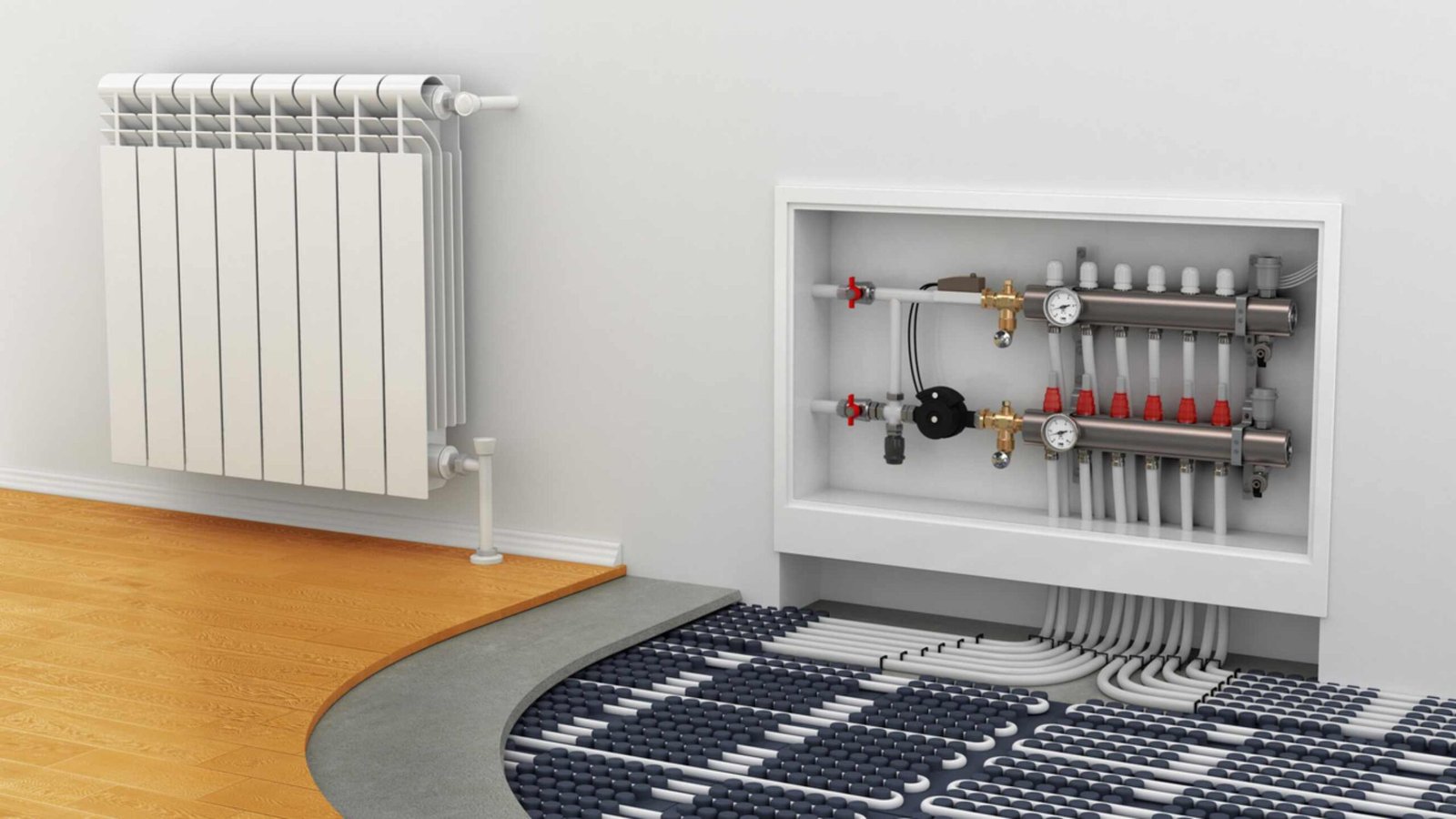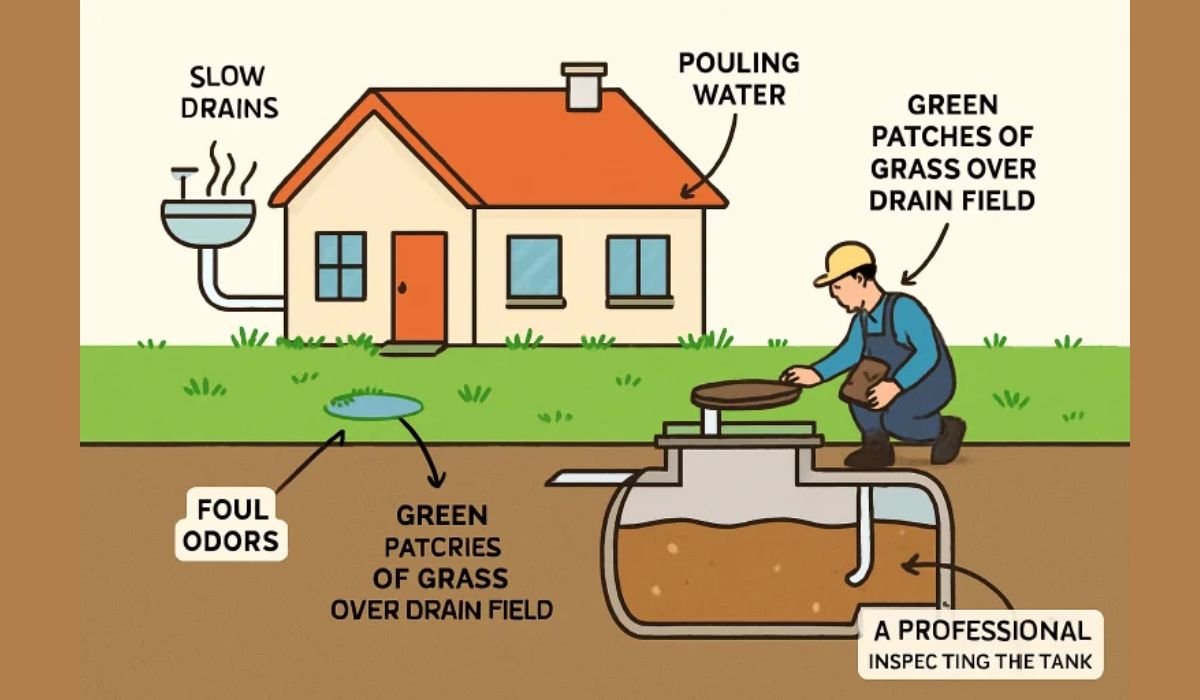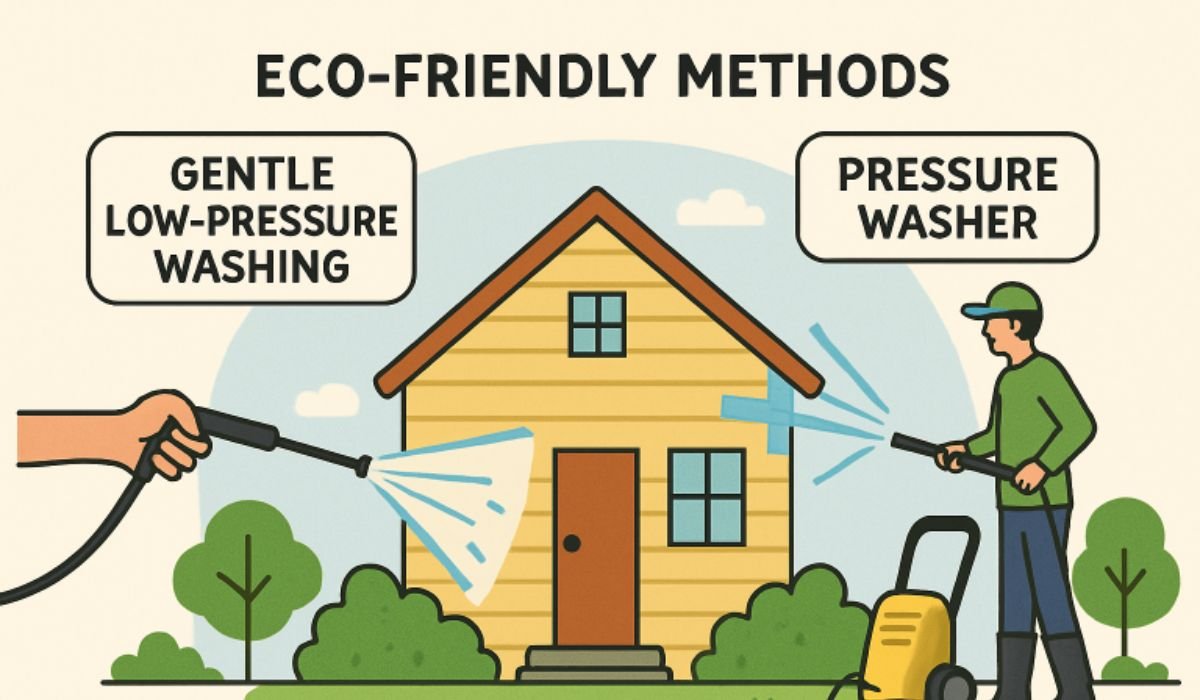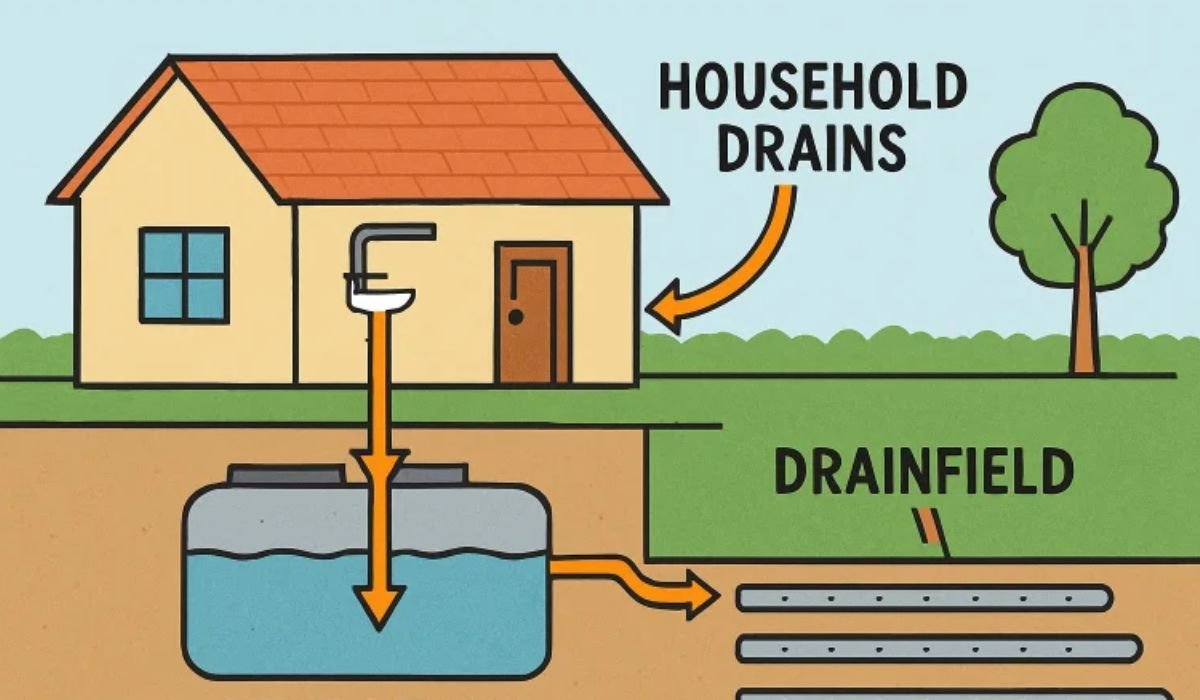Choosing the right heating system for your home can be a bit of a challenge, especially with so many options available today. Two of the most popular choices are radiators and underfloor heating. Both have their advantages and drawbacks, so which one should you opt for? Let’s compare both systems across several important factors to help you decide which is best for your home.
What Are Radiators?
Radiators are the most common heating solution in many homes, providing heat through either electric or water-based central heating systems. The warmth from radiators comes from the heat transferred into the air through convection. Most modern radiators are sleek and come in various designs to suit any interior. There are panel radiators, column radiators, towel radiators, and even more stylish options for a contemporary touch.
While they can be quite effective in heating up smaller spaces quickly, they do have some space limitations. Radiators need wall space for installation, and in larger rooms, they may not distribute heat as efficiently, especially in colder months. However, their relatively low installation costs and ease of replacement make them a practical solution for many homes. You can purchase new radiators from mrcentralheating.co.uk.
What is Underfloor Heating?
Underfloor heating works differently. It heats the room by warming up the floor itself, which then radiates heat upwards, creating a gentle and even warmth throughout the room. There are two types of underfloor heating: wet systems, which circulate warm water through pipes, and electric systems, where heated cables or mats are installed beneath the floor.
The primary draw of underfloor heating is its even heat distribution. Since the heat is spread across the entire floor, you get a much more comfortable and consistent warmth compared to traditional radiators. However, underfloor heating does come with some challenges, particularly in terms of installation. It’s typically more expensive to set up and may require modifications to your existing flooring.
Energy Efficiency Comparison
When it comes to energy efficiency, underfloor heating generally takes the lead. Because it works at a lower temperature, it uses energy more efficiently and can result in lower heating bills in the long run. This is especially true in larger spaces, where the even heat distribution means you can maintain a comfortable temperature without overworking the system.
On the other hand, radiators can be less energy-efficient, especially if they’re older or not properly maintained. Modern radiators do have energy-efficient options, such as thermostatic valves and aluminium designs, which reduce energy usage, but they still tend to use more energy to achieve the same level of warmth as underfloor heating.
Comfort and Heating Distribution
One of the key benefits of underfloor heating is the comfort it provides. Since the heat rises evenly from the floor, it’s more natural and spreads more uniformly throughout the room. No more hot spots near the radiator or cold corners in a room. This method also ensures the air isn’t as dry, which can be a common issue with radiators.
Radiators, while they heat up a room quickly, often lead to uneven warmth. The air near the radiator will be much warmer than the rest of the room, and because they rely on convection, they can leave colder areas near the walls. This can be especially noticeable in larger or more open-plan spaces, where heat distribution can become a challenge.
The Advantages of Buying Thermostatic Radiator Valves
Have you ever wondered whether you need to purchase thermostatic radiator valves for your home? This answer is probably yes. While this can be an additional accessory and something that can add up if you have many radiators in your house, it’s a great investment to make. It has many benefits that will make your home a better living environment and it has the potential to save you money. Let’s take a closer look at why you need to add thermostatic radiator valves to your shopping list.
More Comfort
If you have multiple people living in your home, everybody will have their own preference when it comes to temperature. Some people like the heating cranked up high and to be cosy. Others prefer to be cooler, especially when they’re sleeping. Perhaps you’ve come to the conclusion that you can’t please everybody. But, the good news is that when you have thermostatic radiator valves, you can. This allows you to control the temperature in each room. So, people are able to set their radiator to whatever temperature they find comfortable.
Lower Your Bills
Are you worried about your heating bills this year? This is something that’s on everybody’s mind. You need to work out ways you can reduce your energy usage without suffering. Well, one way you can do this is through using thermostatic radiator valves. Since you’re able to turn down the temperature in certain rooms, you don’t have to heat the whole house. So, if there are rooms that won’t be used, you can lower the temperature down.
Conclusion
Both radiators and underfloor heating have their merits, and the right choice really depends on your home’s size, layout, and heating needs. If you’re looking for a more traditional, cost-effective solution with easy installation, radiators may be the better option. On the other hand, if you prefer an energy-efficient system with even heat distribution and are willing to invest in the long-term, underfloor heating could be the ideal choice for your home.











